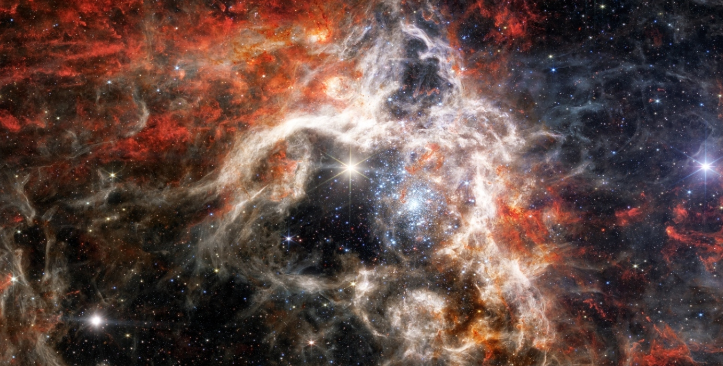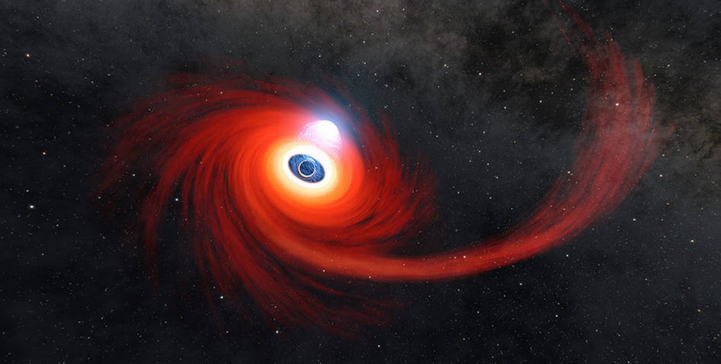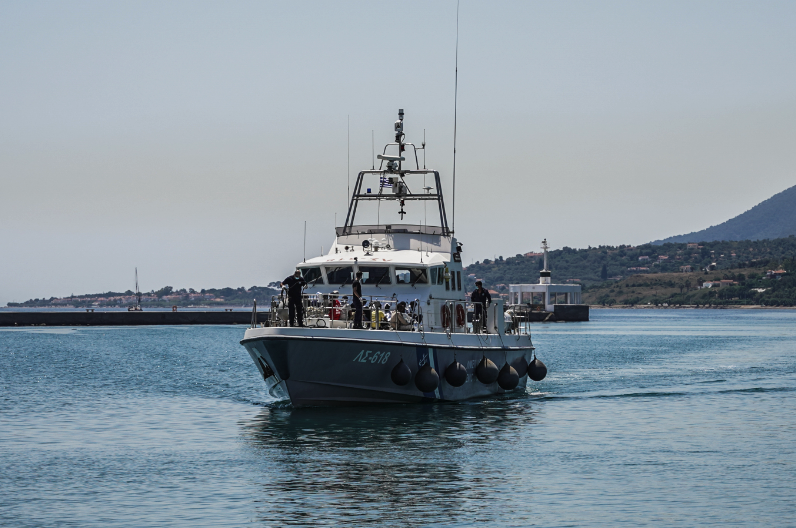NASA’s James Webb Space Telescope has found a set of massive galaxies that should not exist.
The equipment was used to observe a set of massive galaxies that formed around 500-700 million years after the Big Bang, when the universe was only 3 per cent of its current age. Those galaxies have stellar masses as high as ten billion times that of our Sun, and one that could be as massive as 100 billion of our Sun.
In all, scientists found six galaxies, which together threaten to change what scientists know about the beginnings of galaxies in our universe. Researchers say they refer to the objects as “universe breakers” and that they are in tension with 99 per cent of existing models of the universe.
Spain decriminalizes sex acts with animals as long as no physical injury occurs
Such galaxies should not be expected to be so big so soon after the beginnings of the universe, the researchers say. The mass of the stars examined in the new research are as much as 100 times greater than researchers had previously thought.
Read more: Independent




































